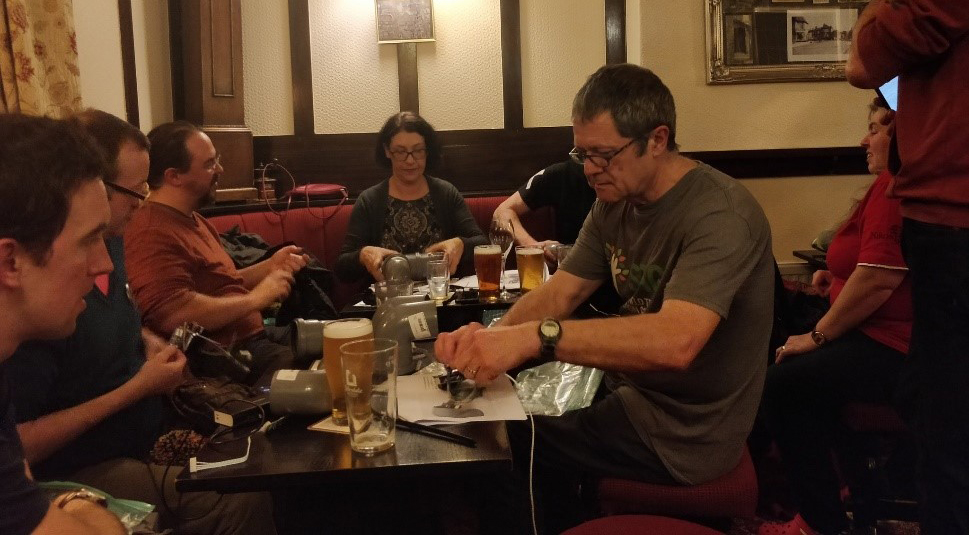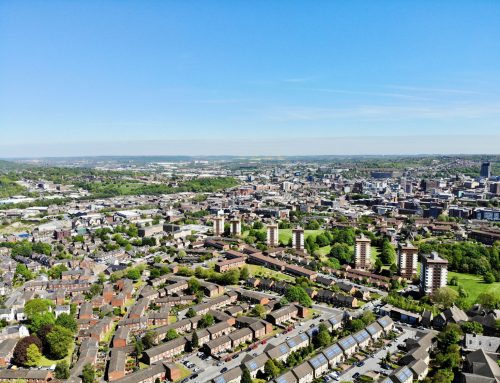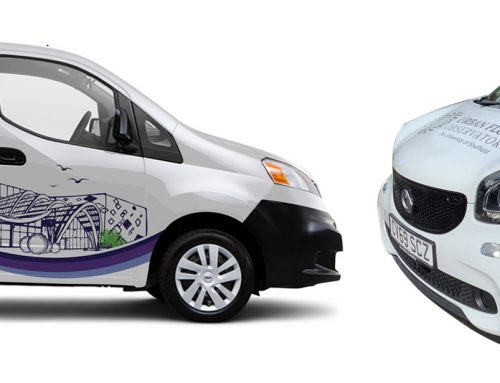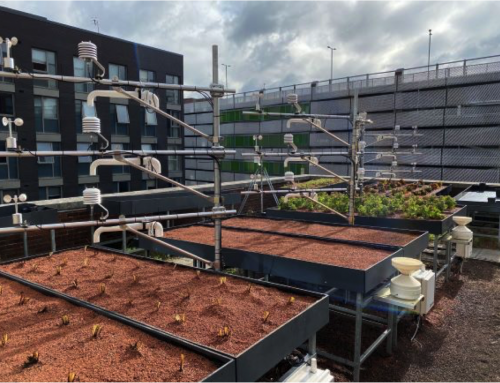The Skint Researcher’s Blog: Using low-cost ‘Volunteer Sensors’ to help solve the air pollution problem in Sheffield
I love heading to my local park at the weekend for an early morning jog, taking in the fresh air mixed with the scent of leaves and rain. The peace, quiet and greenery allow me to collect my thoughts, which do have a habit of spiralling around in my mind.
On weekdays, as a PhD student, my commute takes me directly into Sheffield city centre. The contrast between this and the open space is remarkable – I can taste the air pollution and smell the burning diesel, even while trying to avoid inhaling too deeply.
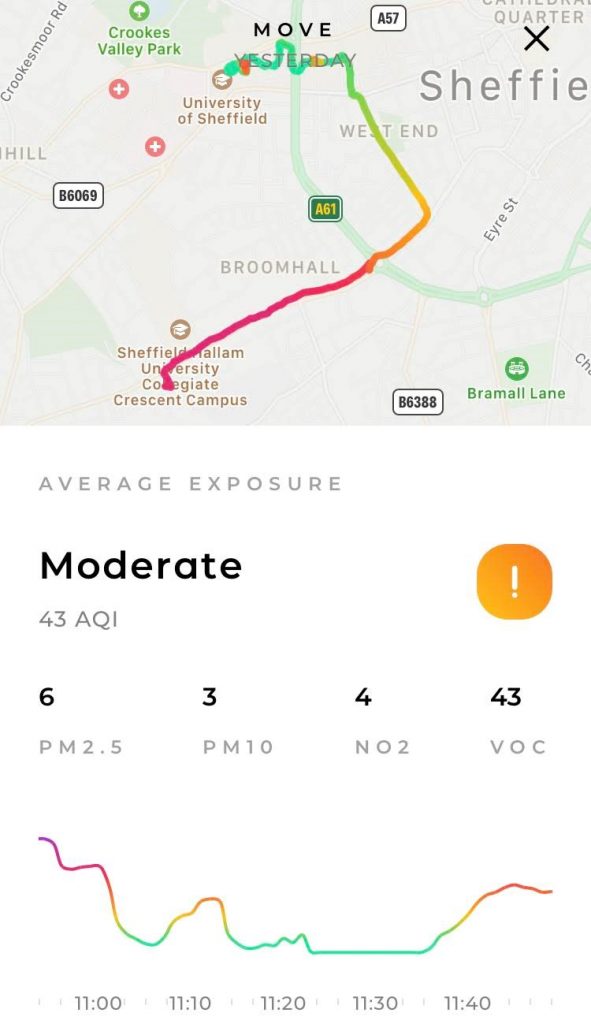
Image 1: My route to the University of Sheffield, monitored by a low-cost air quality sensor. The red lines on the map mean the pollutant level is significantly higher than the safety limit prescribed by World Health Organisation (WHO) guidelines. – Plume labs: Flow.
The pollutants and their effects
The major pollutants in Sheffield are fine dust particulates and harmful gases, such as Nitrogen Dioxide, Sulphur Dioxide and Volatile Organic Carbon. These originate from various human activities, ranging from industrial emissions, to road traffic and building heating. Even the emissions from the certified Wood Stoves, labelled with ‘eco design’ stickers, are a significant, yet often overlooked, source of both indoor and outdoor air pollution.
Multiple reports highlight air pollution as causing restricted lung development in children, stunted mental growth and a reduced life expectancy by almost two years. If we’re so aware of the dangers of air pollution, why is it still happening and what has gone wrong? Are we doing enough to bring about change?
By carefully analysing the situation, we can see this is a classic ‘chicken and egg’ situation. In his book, ‘The Invisible Killer’, air pollution scientist Dr Gary Fuller remarks that lack of sufficient and reliable air quality measurement means studies cannot be done to look at health impacts. Governments are reluctant to invest in taking measurements until the health risks can be proven. Thus we have the ‘chicken and egg’ scenario – one of the above has to happen first.
With the advent of cheap and portable low-powered sensors, we can now measure the invisible pollution around us more efficiently than ever before. This data can then be used to understand how we can change our pollution causing habits, and to influence political leaders in introducing new laws based on the ‘polluter pays’ principle. The information means citizens could also make more informed life choices, as simple as cutting through a park or walking down a side street on their daily morning walk to avoid polluted roadways.
It is clear to see that the evolution of low-cost sensors, combined with the advent of Internet of Things (IoT) solutions, has taken our understanding of air pollution to an entirely different level.
What is the Internet of Things (IoT)?
The Internet of Things (IoT) is a fairly new term, so we’ll explain it with the help of an analogy.
Imagine Bilbo Baggins (from The Hobbit – as if you didn’t know) wearing his magical ring (the one ring to rule them all) getting into mischief in a pub, but because he’s wearing the ring, he’s invisible. Why? Well, that’s just how the story goes. As we’re in the 21st Century, Bilbo’s ring is ‘smart’, so it sends a text alert to Gandalf (the wizard who is protecting Bilbo – again, we know you knew that) with its current geographical coordinates by connecting through the nearest Wi-Fi. Gandalf is then able to locate Bilbo, and so the story continues. We call it an IoT based ring.
The ‘thing’ in Internet of Things, essentially can be any physical object or a person – living or otherwise. Whenever a ‘thing’ is made capable of communicating in some capacity with other ‘things’, we call this the Internet of Things (IoT). Sound useful? This is what the IoT air quality sensors do.
An IoT based sensor network
What’s so special about IoT based sensors? Not only are they available at a very low cost, but they are lightweight and portable. They even consume very low amounts of energy and can be left running for a long time with a small battery pack.
At the centre of any IoT solution is a microcontroller – think of it as a tiny computer acting as the brain for a system. The sensors connected to it form a control interface for detecting pollutants. The microcontroller collects the sensor readings and stores them in a database, either locally or on a cloud server.
We can then retrieve the data for our own specific use. As the saying goes, a picture is worth a thousand words, as we’re aiming to create awareness about the quality of the air we’re breathing in daily, we’re making the data accessible to everyone through charts and heat maps.
As you can see, an IoT based sensor network enables us to build a high-quality air quality monitoring platform across the city without making a hole in the taxpayer’s pocket.
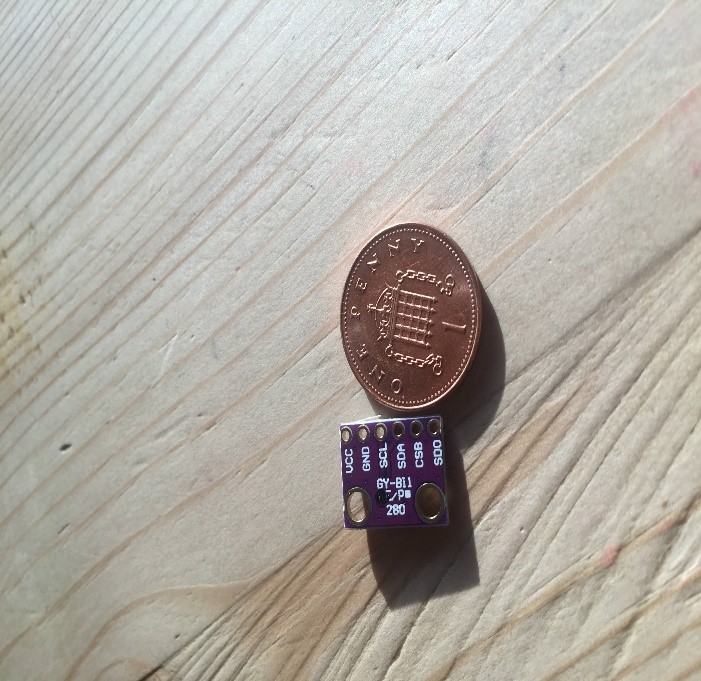
Image 2: BME280: A small £2 IoT sensor to measure temperature, relative humidity and pressure.
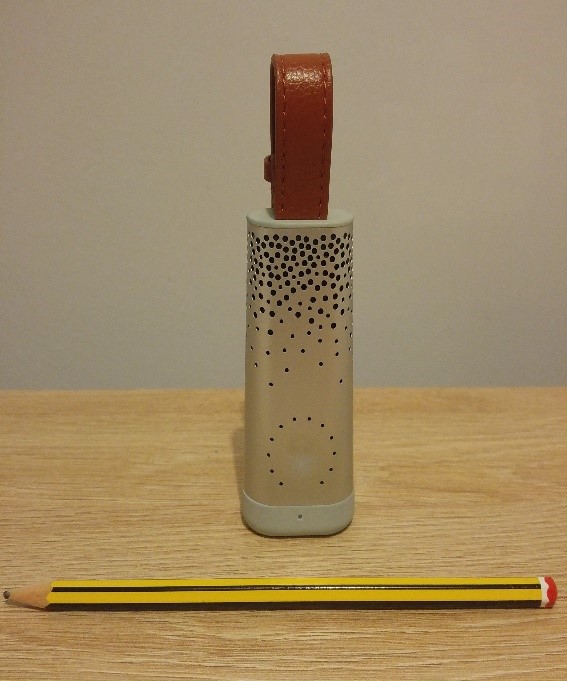
Image 3: A flow sensor from Plume labs: An end to end air quality monitoring device.
How you can get involved
These days, we can simply order sensor parts online and they show up on our doorstep. Graham Turnbull, the founder of ‘Clean Air for Sheffield’ campaign, has shown how to build a device using these sensors, for less than £30. This can measure particulate matter along with other meteorological data. The device is part of a European open-source project called ‘Luftdaten’.
Under the supervision of Urban Flows director, Professor Martin Mayfield, I have been working alongside Graham Turnbull, to run regular science-based workshops in the city to assist local people with building their own IoT monitors. At the end of the workshop, they get to take the device with them and install it outside their home. The ‘Sheffield Pollution Club’ meets on a biweekly basis in a café or pub where anyone is welcome to show up to discuss air pollution in the city or ask for any advice or assistance within the field. Follow me on Twitter for announcements on where the next meet up will be.
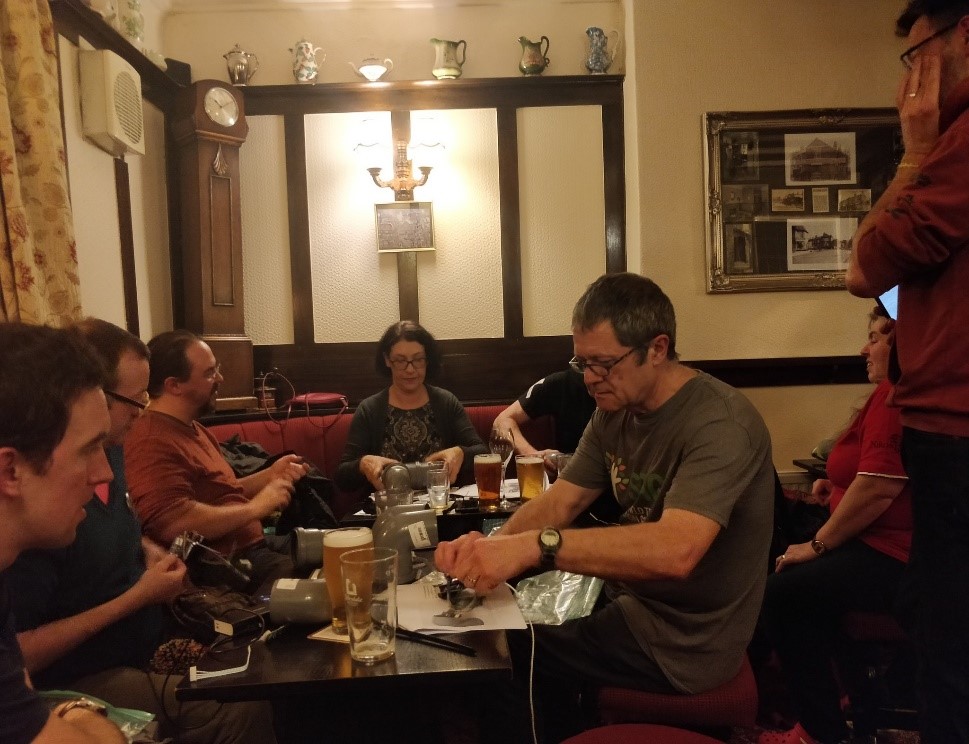
Image 4: The first workshop where citizens built their own IoT based air quality monitoring device.
These volunteer sensors are starting to appear live on the Luftdaten project map. The geotagged time series data is currently being collected in a cloud-based database. This data will also feed to the Urban Flows Observatory.
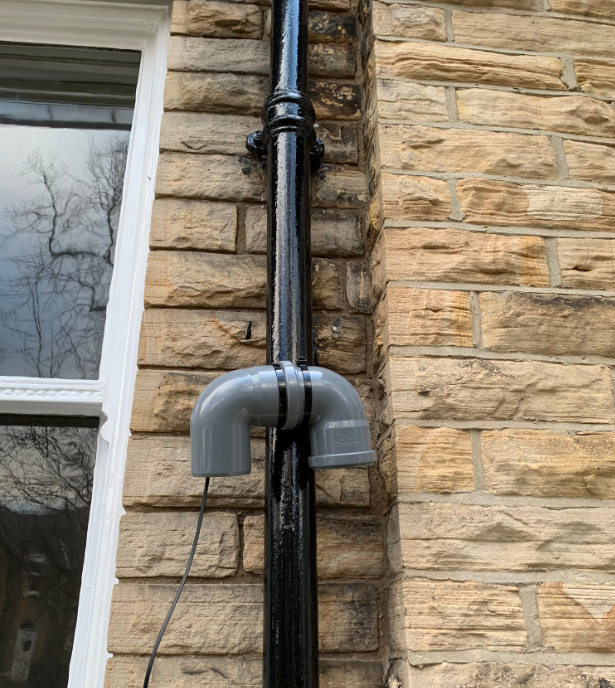
Image 5: A deployed device in Sheffield
The challenges associated with IoT sensors
We already know that the air we breathe is actually a cocktail of different pollutants in varying quantities. These sensors are purpose-built to measure a particular pollutant but can sometimes fail to accurately separate out the target pollutant from the mixture. Factors such as changing temperature, varied humidity and wind speed also result in inaccuracies in the measurements – these are areas where the sensors have shown significant weakness. There location relative to the source of pollution also significantly influences the measurements.
My current research is aimed at improving the data obtained from the IoT network through extensive field tests, calibrations and different machine learning based data fusion techniques. Rigorous research-based validation tests are being carried out to ensure the accuracy of the sensors and the reliability of the data generated. Therefore, although they are not as accurate as the DEFRA owned weather stations, a reasonably accurate reading can be achieved through correct calibration, without the £100,000 price tag. This will help us develop a solution that allows people to make decisions to improve their own health and for the city to be able to make more informed decisions about how to reduce air pollution.
Are we building something entirely unique?
Yes, we are! Working with local electronics company Pimoroni, we are developing our own end-to-end IoT sensor solution. We are also collaborating with industries across Europe who are leading the market in low-cost air quality mobile devices. We aim to deploy hundreds of these monitors uniformly across Sheffield in the first half of 2019 through a series of workshops, hackathons, outreaches and pub events, concluding with an air pollution seminar in the summer.
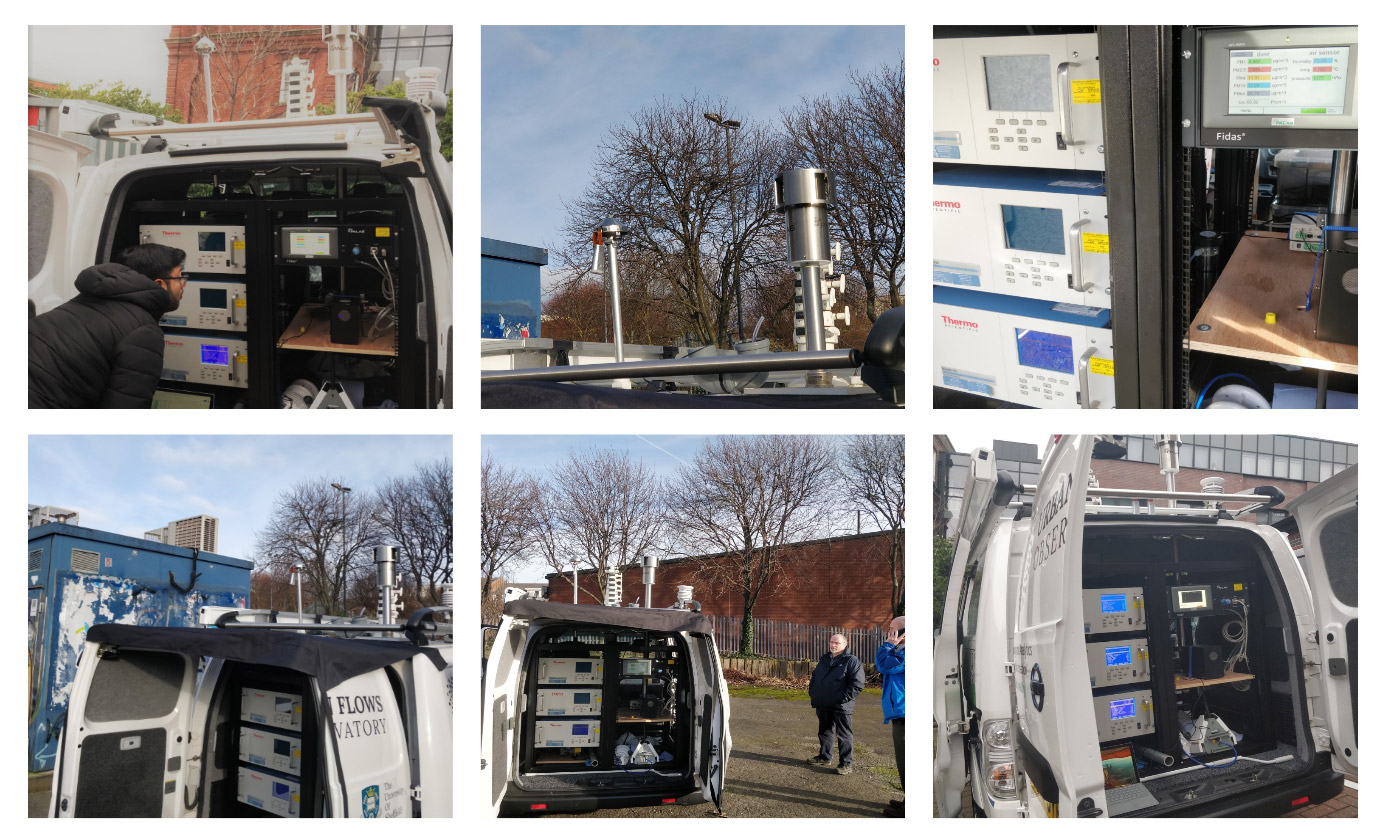
Image 6: Field-test of IoT sensors with reference analysers on the Urban Flows MOBIUS vehicle.
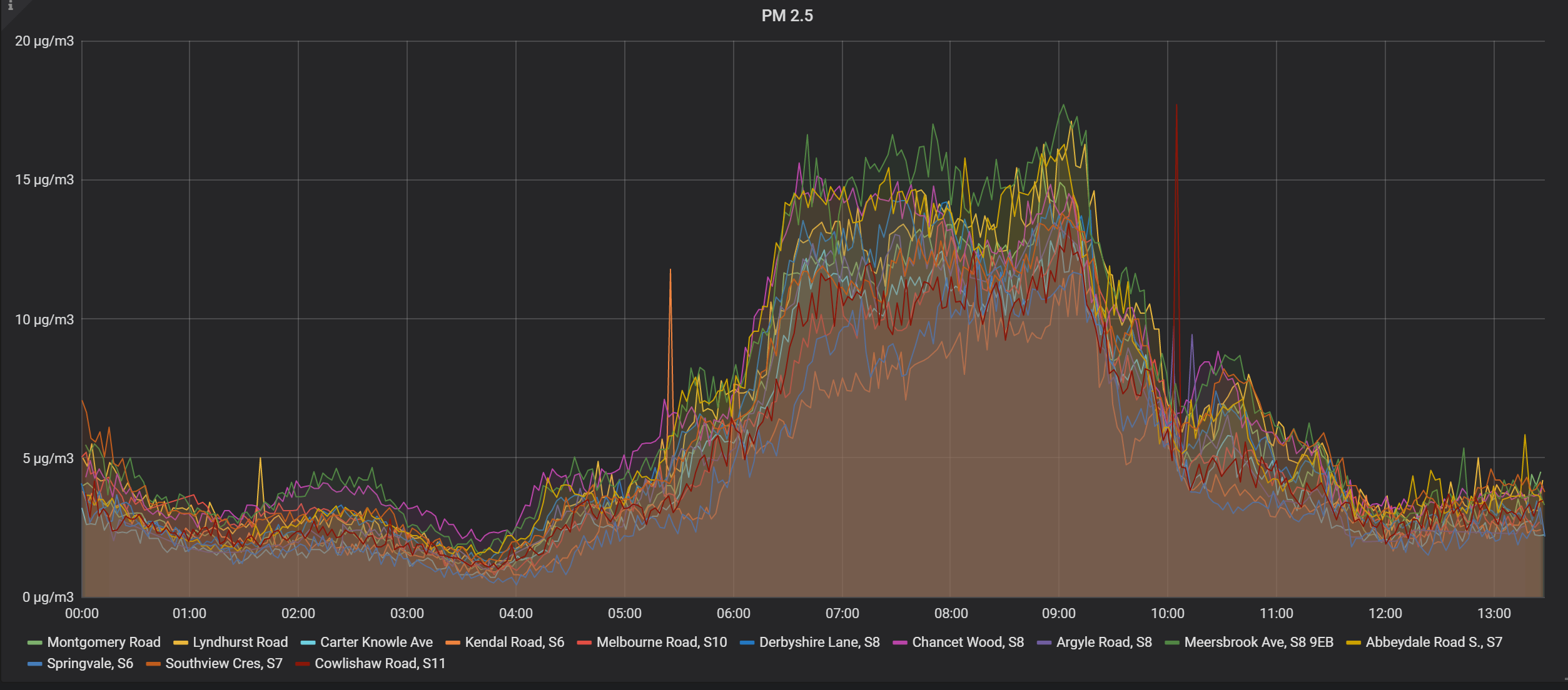
Image 7: Dashboard: Particulate matter pollutant data snapshot from sensors owned by the citizens.
Ultimately, the high-quality spatiotemporal data originating from the distributed sensors, combined with meteorological data, traffic data and satellite visuals will help us to create a machine learning trained unified model to deliver a highly accurate predictive analysis of air pollution in Sheffield.
The impact we are creating
As a PhD student with a limited budget, I am always on the lookout for cost-effective, holistic solutions to any problems encountered in everyday life. This approach can solve the aforementioned ‘chicken and egg’ stalemate, where the government is reluctant to act due to a lack of evidence on health impact. Our volunteer-sourced data will create a realistic picture of air pollution and so a target to reduce it by. This can and will aid in supporting further research studies, resulting in more awareness amongst the general population.
What started as a back garden project is now gathering wider attention throughout Sheffield. Residents have been getting in touch with us to get involved, and some have now built their own monitors! A concerned parent has messaged about their child’s recent asthma diagnosis, for help installing a device at their house, to determine if pollution is the culprit.
This awareness is a significant milestone in our battle for clean air. I am confident that we are at the edge of a substantial change. The magnitude of the challenge within tackling air pollution is vast, but through our involvement, every single one of us can make an impact in their own way. Let’s make our air clean!
Author: Rohit Chakraborty, PhD Student and Grantham Scholar, University of Sheffield
Follow Rohit on Twitter for updates on future workshops and to see what he’s working on next.

